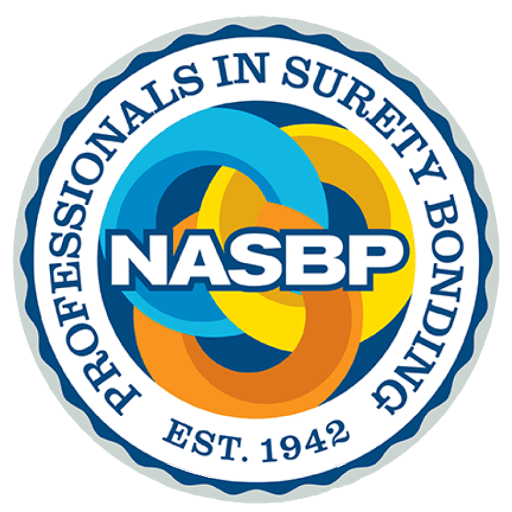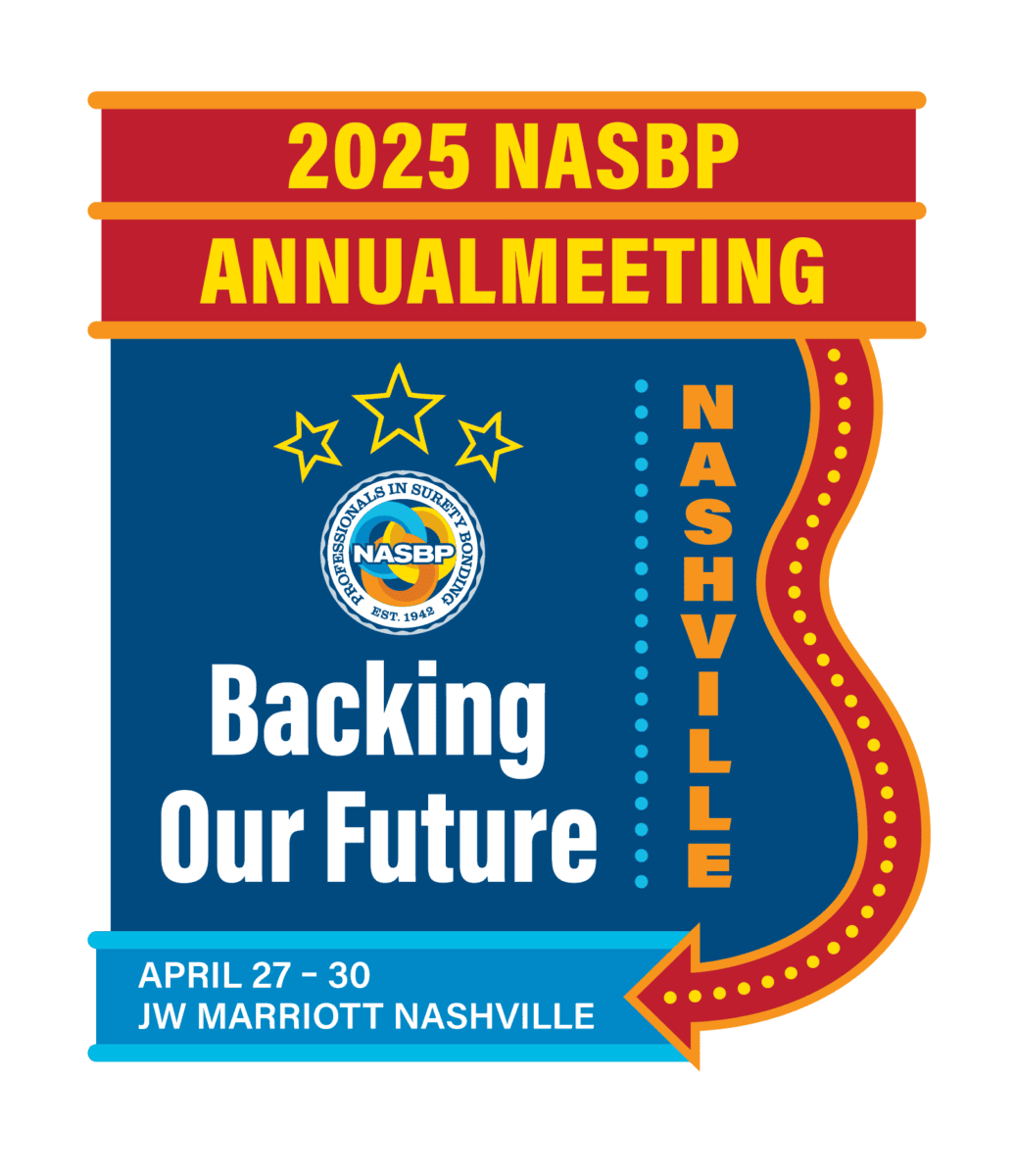The Financial Accounting Standards Board (FASB) now is in the later stages of its re-deliberation of Exposure Draft 715-80 disclosures about an employer’s participation in multi-employer benefit plans. This has been a year-long process of proposing and then paring back proposed new accounting rules requiring greater footnote disclosure in audited financial statement of companies that contribute to multi-employment defined benefit pension plans and welfare plans that provide retiree health care benefits. John McNerney, (pictured below) General Counsel of the Mechanical Contractors Association of America (MCAA), provided an update on this issue last week at NASBP’s Legislative Fly-in Day in Washington, DC. McNerney, who has been spearheading a coalition of construction trade organizations which includes NASBP to address Exposure Draft 715-80, reported that progress had been made with the Coalition’s suggestion to FASB that they adopt Option 1, a compromise disclosure table, which would provide greater transparency of information but would not impose the substantial burdens of FASB’s original proposal. The Coalition also has been encouraging FASB not to entertain other options which would again impose significant disclosure burdens on construction companies. McNerney stated at the Fly-in that a critical meeting with FASB would take place on June 29th.
 That meeting, held yesterday, appears to have resulted in FASB adopting a mindset that is relatively favorable to the construction industry, related McNerney. Several items do remain under consideration and for discussion at the next – and perhaps final meeting, at an indefinite date in July, added McNerney.
That meeting, held yesterday, appears to have resulted in FASB adopting a mindset that is relatively favorable to the construction industry, related McNerney. Several items do remain under consideration and for discussion at the next – and perhaps final meeting, at an indefinite date in July, added McNerney.
McNerney summarized the results of yesterday’s meeting as follows:
- Routine annual disclosure of withdrawal liability in the absence of “probable” withdrawal was referred to as removed from consideration. It’s safe to say it’s definitely gone now.
- FASB continues to use the CIFC compromise disclosure table, called Alternative 1, as the basis for any final outcome.
- Options 2, 3, and 4 from the May 31st meeting were removed from consideration. CIFC’s memo to FASB were reflected in the staff recommendations.
- Disclosures pertaining to health and welfare plans offering retiree health care were removed from this project. It was deferred for more research and possible proposal in a separate project at an indefinite time in the future. Again, CIFC comments were reflected in the staff recommendation.
- The Board voted to add a disclosure from the staff memo – paragraph 12 on page 4 of the meeting handouts, Paragraph 12 (a) – on the disclosure table, for each material plan and for each period presented (or perhaps in the aggregate for all material plans – unclear from board discussion), “a description of the nature and effect of any changes affecting comparability from period to period, including a business combination or a divestiture, and the rate of employer contributions for each period for which a statement of income is presented.” The Board also seemed to vote to require 12(c), the expiration date of the collective bargaining agreements – but that information already is on the disclosure table. There may be some redrafting of 12(a) up for vote at the next meeting.It was not entirely clear if 12(a) was to apply to both public and private company statements, or just public company statements. Also, it wasn’t clear if 12(a) would apply to each material plan, or for all plans in the aggregate. The discussion was unclear – it seemed likely to apply to both. This discussion might be more clearly settled at the July meeting.Whatever the outcome, of all the proposed add-ons, this one is relatively innocuous.
- The Board voted down a proposal to go beyond the Form 5500 asterisk recognition of plans to which the employer contributes 5% or more in any plan year. The discussion was to add the actual calculation to the columns for any plan at 5% or above. While it seemed the Board eventually voted down any change to the current disclosure table, this discussion too was so unsettled that it may recur at the July meeting.Remaining items under consideration/discussion at the next – and perhaps final meeting, at an indefinite date in July:
- Possible public/private company split in reporting burden; still one reading of today’s discussion is that issue is settled with the proposal to differentiate the two rejected by the Board today.
- The outcome of the 5500, 5% calculation was ambiguous too- it could recur. Or it might be that the apparent vote today settled it.
- The Board will take up “qualitative” disclosures at the July meeting – it’s not clear what of them remain. There could be some problems remaining there.
- Decisions on the effective dates for public and private companies, as well as whether FASB will republish another exposure draft remain to be decided. We might expect FASB to decide to publish a final rule, without another round of disclosure draft, based on their extensive outreach on this proposal, and to put it into effect for public companies next year, and private the year after – maybe both next year.
So, if the decision-making remains stable, and there are no last-meeting big surprises, the CIFC may be said to have been instrumental in gaining removal of the two worst aspects of the original proposal, withdrawal liability and retiree health care plan disclosures. The coalition also successfully proposed the basic pension plan disclosure table that is regarded as having achieved FASB’s objective by the vast majority of users, and still avoids the many serious adverse consequences for member employers, their plans, and the industry overall that were inherent in the original proposal. CIFC also commented and worked with FASB to pare back detrimental add-ons late in the process – Options 2,3,and 4. CIFC assembled an effective group of professional advisors and industry principals on the advisory panel (many thanks to them) whose expertise gained a credible and constructive role in collaboration with FASB principals, and established an industry-wide effective approach that could prove useful on similar issues.”
NASBP has scheduled a complimentary Virtual Seminar August 9 on this FASB issue. John McNerney and David S. Lomax, Assistant Vice President/Underwriting Officer Liberty Mutual Surety, will provide an update on this FASB issue. In addition, NASBP has invited FASB representatives involved in the issue to participate in the Virtual Seminar. Please watch NASBP.org for the registration for this Virtual Seminar.
For more information and background on the IASB/FASB multi-employer pension plan issue, review the article titled “NASBP Joins Construction Industry FASB Coalition (CIFC)”
in the archive March/April 2011 issue of Pipeline located under Archives in the top banner of this Pipeline issue or click here.
Get Important Surety Industry News & Info
Keep up with the latest industry news and NASBP programs, events, and activities by subscribing to NASBP Smartbrief.




